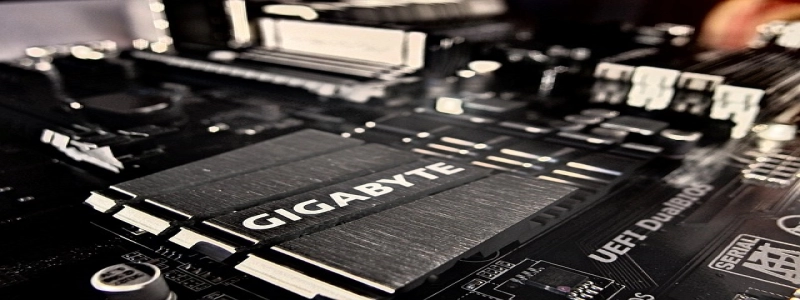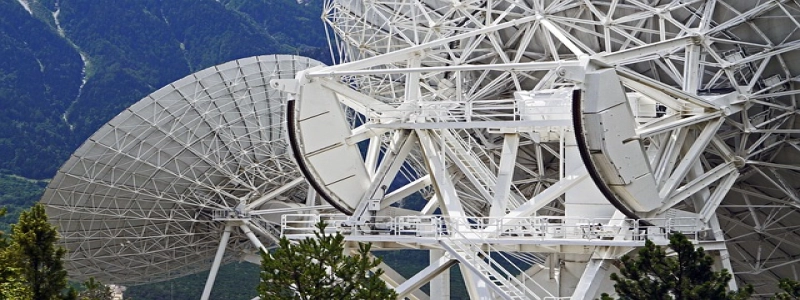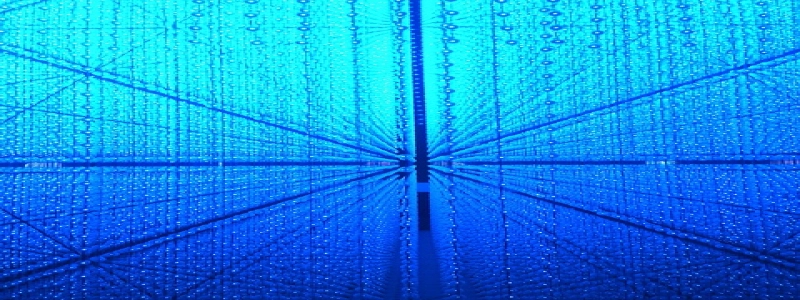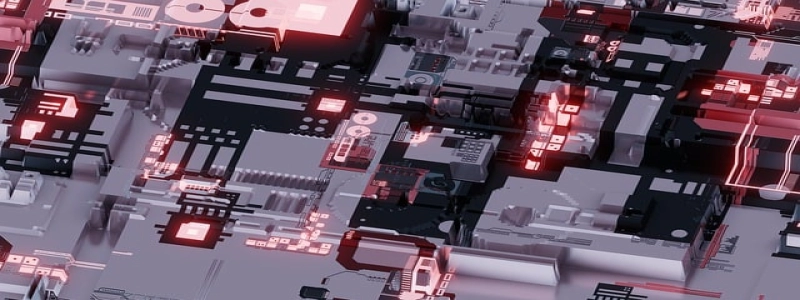Ethernet Input
Introduction:
Ethernet input refers to the process of receiving data packets through an Ethernet connection. In this article, we will explore the various aspects of Ethernet input, including its importance, the hardware and software involved, and the process of data reception.
I. Importance of Ethernet Input:
Ethernet is the most commonly used local area network (LAN) technology. It provides a reliable, high-speed connection between devices within a network. Ethernet input is crucial for the seamless transfer of data between devices, enabling communication and collaboration in various industries such as IT, telecommunications, and manufacturing.
II. Hardware and Software Components:
A. Ethernet Network Interface Card (NIC):
The NIC is a physical device that connects the computer or device to the Ethernet network. It serves as the interface between the computer’s internal hardware and the external Ethernet network. The NIC is responsible for transmitting and receiving data packets.
B. Ethernet Cable:
The Ethernet cable is a twisted pair or fiber optic cable that physically connects the NIC to the Ethernet network. It provides a medium for the transfer of data packets and ensures reliable and efficient communication between devices.
C. Device Driver:
The device driver is a software component that enables the operating system to communicate with the NIC. It provides the necessary instructions for transmitting and receiving data packets, ensuring compatibility and functionality.
III. Data Reception Process:
A. Link Establishment:
Before data reception can occur, the link between the device’s NIC and the Ethernet network must be established. This involves negotiating network parameters, such as speed and duplex mode, to ensure optimal performance.
B. Frame Synchronization:
Once the link is established, the device synchronizes with the Ethernet network by detecting the synchronization pattern in the received data stream. Synchronization is crucial for proper identification and interpretation of data frames.
C. Frame Reception:
Upon successful synchronization, the NIC starts receiving data frames from the Ethernet network. Each frame contains the data payload, source and destination addresses, error detection, and control information.
D. Error Detection and Correction:
During frame reception, the NIC performs error detection using CRC (Cyclic Redundancy Check) checks. If errors are detected, the frame may be discarded, or error correction mechanisms may be employed to ensure data integrity.
E. Data Processing:
Once the data frame is received and error-checked, it is processed by the device’s operating system or application. This may involve further data manipulation, storage, or forwarding to other network devices.
Conclusion:
Ethernet input plays a vital role in facilitating reliable and efficient data transfer within a network. Through the use of NICs, Ethernet cables, and software components, devices can establish links, synchronize with the network, and receive data frames. Understanding the process of Ethernet input is essential in troubleshooting network connectivity issues and optimizing data transmission in today’s interconnected world.








